
by D. Brent Sauser, AIA
July 15, 2021
As a resident of Central Florida, I understand that the potential for hurricanes is a high probability. In fact, arriving only three months before hurricanes Charley, Francis, and Jeanne in 2004 instilled in me a healthy respect for the depth of destruction hurricanes are capable of. I may not be able to prevent hurricanes, but I can prepare for them. I sleep better at night knowing I have plywood, generator, portable A/C, 72-hour kit, food and water, and an evacuation plan.
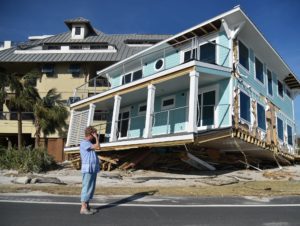 But what about those up north suffering from the devastation of hurricane Sandy. It was coming straight for Florida, then took a right turn north, and then a hard turn west . . . right into New Jersey and New York. People are still digging out and the death toll continues to rise. I don’t fault those citizens up north for not being as prepared as (say) Floridians. I mean, who would have expected such a terrible storm so late in the hurricane season to do what it did? Our
But what about those up north suffering from the devastation of hurricane Sandy. It was coming straight for Florida, then took a right turn north, and then a hard turn west . . . right into New Jersey and New York. People are still digging out and the death toll continues to rise. I don’t fault those citizens up north for not being as prepared as (say) Floridians. I mean, who would have expected such a terrible storm so late in the hurricane season to do what it did? Our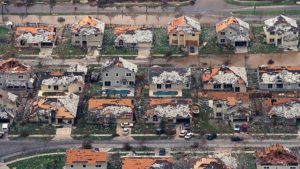 thoughts and prayers go out to those who were in harm’s way, who are without power and running water, who are faced with the unthinkable task of rebuilding their homes. Questions are being raised from special interest groups regarding whether those along the beach line should be permitted to rebuild. Other questions regarding whether allowing those homes that were destroyed to rebuild as they were or be subject to current zoning laws and conditions.
thoughts and prayers go out to those who were in harm’s way, who are without power and running water, who are faced with the unthinkable task of rebuilding their homes. Questions are being raised from special interest groups regarding whether those along the beach line should be permitted to rebuild. Other questions regarding whether allowing those homes that were destroyed to rebuild as they were or be subject to current zoning laws and conditions.
These are questions that deserve discussion. Property rights versus common sense and safety. Should a homeowner be allowed to rebuild as it was knowing that another similar storm will likely have the same result. Or do we learn from the lessons Mother Nature gives us and act accordingly. Perhaps there is a compromise solution that bridges the gulf between allowing rebuilding as it was and denying rebuilding altogether. In fact, the answer could be found in how many who were ravaged by hurricane Katrina in New Orleans decided to rebuild.
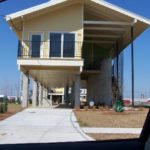

These photos show how those in New Orleans have rebuilt since Katrina. Each design is very distinctive and addresses the major issue confronting those residents . . . flooding. Each home has been raised over 8 feet above ground in the event of another levy break and subsequent flood. Their chances for survival are much greater than building directly on the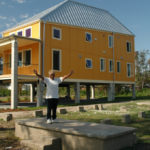 ground. This approach is also being followed with those who build in the Florida Keys. All new homes must be elevated above the 100-year storm level. That way, they will have a greater chance of survival. Isn’t it just common sense? I say let them rebuild, but in a commonsense way that has a greater potential for keeping them safe from future storms. Raise it up! The home may not look like the one that was destroyed but at least you have not been denied your rights to rebuild on your own property. And while you are at it, why not add more insulation, triple glazed windows, and a few solar panels on the roof. You just might end up Net Zero!
ground. This approach is also being followed with those who build in the Florida Keys. All new homes must be elevated above the 100-year storm level. That way, they will have a greater chance of survival. Isn’t it just common sense? I say let them rebuild, but in a commonsense way that has a greater potential for keeping them safe from future storms. Raise it up! The home may not look like the one that was destroyed but at least you have not been denied your rights to rebuild on your own property. And while you are at it, why not add more insulation, triple glazed windows, and a few solar panels on the roof. You just might end up Net Zero!
![]()


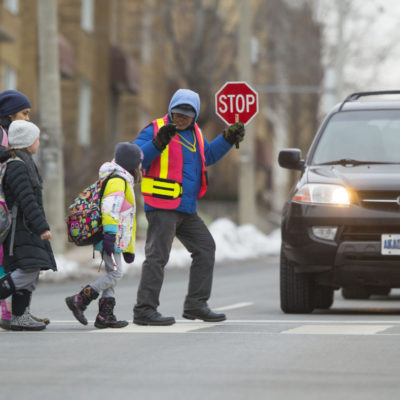
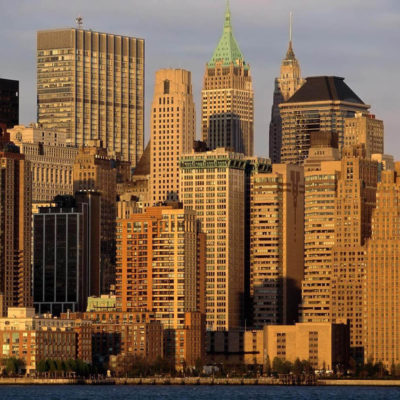

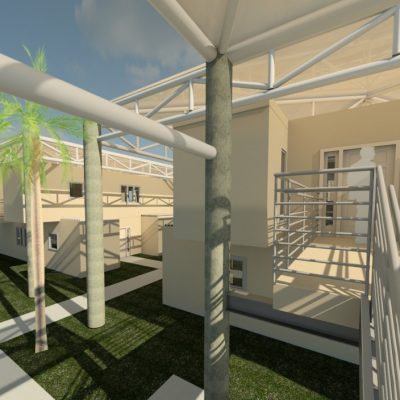
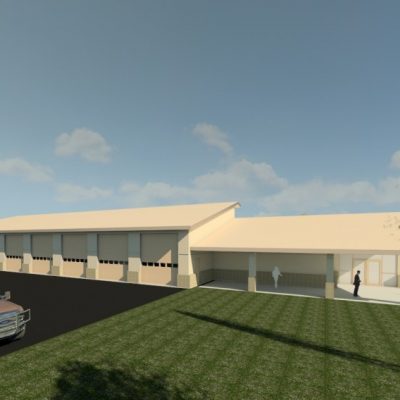



Very nice write-up. I definitely appreciate this site. Thanks!